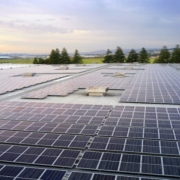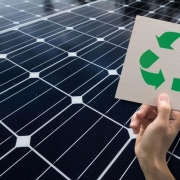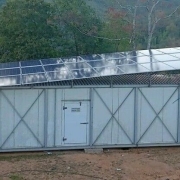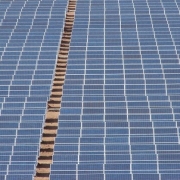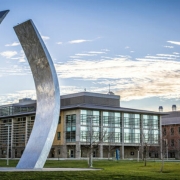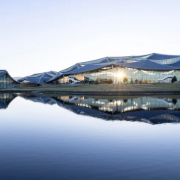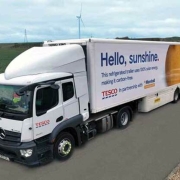Trinchero Family Estates (TFE) is making a significant investment in a series of sustainability projects, spanning across four properties and exemplifying its proactive approach to reducing its carbon footprint. These projects – scheduled for completion by the end of this year – will include solar installations at four California wineries: Westside winery in Lodi, Main Street winery in St. Helena, Trinchero Central Coast winery in Paso Robles, and Green Island Road winery in American Canyon. Together, the installations will total more than 6.4 MWDC.
Green Island Road winery’s solar installation is the first to be completed and receive permission to operate and the American Canyon winery is now running on solar. REC Solar/Duke Energy Sustainable Solutions has meticulously designed the systems at Green Island Road and TFE’s other properties to accommodate evolution and expansion. Main Street winery’s systems will come online in December, with battery storage and microgrid capabilities.
Click here to read the full article
Source: Solar Power World
—
If you have any questions or thoughts about the topic, feel free to contact us here or leave a comment below.

